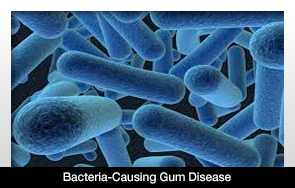 |
Scientists may have made a breakthrough discovery regarding cavity-causing bacteria and the impact it has on the heart. With this information, there may be some kind of test—using saliva or a cheek swab—to determine a patient’s susceptibility to endocarditis, a lethal, bacteria-causing infection of the heart.
The June issue of Infection explains how the Streptococcus mutans gains entry into the heart tissue. These bacteria inhabit dental plaque, and eventually maintain a place in the oral cavity while eroding teeth.
The bacteria generally stay in the mouth, but there are cases in which it enters the bloodstream during a dental procedure or while flossing. The immune system eradicates the bacteria most of the time, but it’s possible for the bacteria to move onto the heart tissue. If the result is inflamed heart valves, the condition may be fatal.
The scientists came to this conclusion after recognizing that a collagen-binding protein called CNM enables S. mutans to infiltrate the heart. Without the presence of CNM, the bacteria weren’t capable of thriving in the heart. In the Type C strand of S. mutans, the strand most often found in people, CNM is not present. In Types E and F, which are rarer, CNM is present.
More research on these bacteria is still necessary but to avoid worrying about it the best thing to do is still to maintain solid oral health.
The people who worked on this study were Jacqueline Abranches, Ph.D., a microbiologist and the corresponding author of the study; laboratory technician James Miller; former technician Alaina Martinez; Patricia Simpson-Haidaris, Ph.D., associate professor of Medicine; Robert Burne, Ph.D., of the University of Florida; and Abranches’ husband, Jose Lemos, Ph.D., of the Center for Oral Biology, who is also assistant professor in the Department of Microbiology and Immunology. The work was funded by the American Heart Association.

|










